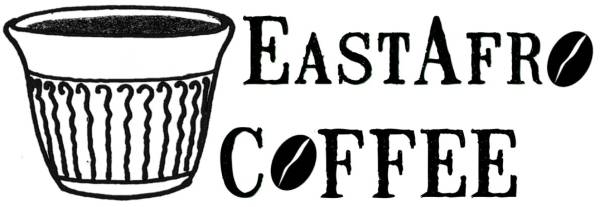Roasting Ethiopian coffee
There are a few important points to keep in mind when roasting Ethiopian coffee. Green coffee from Ethiopia is generally hard and dense as it is grown at high altitudes. Additionally, they are smaller compared to other origins and often have different sizes in the same bag.

Ethiopian coffee beans are known for their distinct character and complex flavor profile, which contains fruity notes and a subtle acidity. As a roaster, you are responsible for ensuring that these delicate flavors develop properly.
To get the most out of Ethiopian coffee, the most important roasting variables are density, small bean size and size differences Green coffee . Dense beans require more heat and time to roast properly. In addition to density, the small bean size and size differences make it difficult to achieve even roasting.
To bring out the fruity aromas and citrus notes of Ethiopian coffee is therefore a gentle roasting is essential . The Gentle roasting ensures even heat transfer when it comes to small, dense green coffee beans of different sizes acts.
It is important, to start with a low loading temperature (around 200 degrees Celsius) and move to the "first crack" stage , where the beans expand and release moisture. Due to the different sizes of Ethiopian beans, the first crack can be trickling, so it is important to lower the energy during this phase to ensure a longer development time.
If you are with one Starting at a high loading temperature (initial temperature) will cause some beans to overdevelop or are burned, while others are underdeveloped in the final roasting remain. This uneven roasting leads to unpleasant flavors. This result is particularly observed in naturally processed Ethiopian coffee, which burns more easily .

It's important to note that this only applies to Ethiopian coffee, not other beans . Denser beans are generally more heat resistant and can absorb heat better; therefore they should be able to start with a higher charging temperature. A coffee from Kenya can be roasted at high heat and still has a good flavor with even development of the beans.
Which roast for Ethiopian coffee?
What the degree of roasting As far as coffee is concerned, medium to medium-dark roast levels are ideal for Ethiopian coffee. A medium roast produces a balanced brew with bright acidity, sweet flavors and a medium body. With a medium-dark roast, dark chocolate and winey flavors dominate the cup. With a lighter roast, the natural fruit acids are not fully broken down, resulting in a slightly sour and sour taste with citrus undertones. If the roast were darker, many of the subtle aromas that characterize Ethiopian coffee would have already disappeared.

If beans are roasted too quickly, they will develop a burnt surface and an underdeveloped interior. In addition, sudden, intense heat should be avoided during the roasting process be avoided. For the dense, hard and relatively small Ethiopian coffee beans, gentle roasting is the be-all and end-all .
For espresso, for example, you can extend the development time during the roasting process to achieve a medium-dark roast. The aim is to give the beans the opportunity to to develop their very own characteristic flavor profile and producing a highly concentrated and full-bodied brew without the bitterness of a dark roast. On the other hand, the subtle flavors and acidity can be enhanced by a medium roast with a relatively short time at lower temperatures.
The best roast level for Ethiopian coffee
In our experience, the ideal roast level for Ethiopian coffee is medium to medium-dark. Ethiopian coffees are usually characterized by these degrees of roasting.
- A medium roast produces a balanced brew with light acidity, sweet notes and medium body.
- Medium-dark roasts bring out dark chocolate and wine-like aromas.
- With lighter roasts, the natural fruit acids are retained, so that the coffee tastes slightly sour.
- With darker roasts, Ethiopian coffee loses its subtle flavors and becomes dominated by bitterness.
